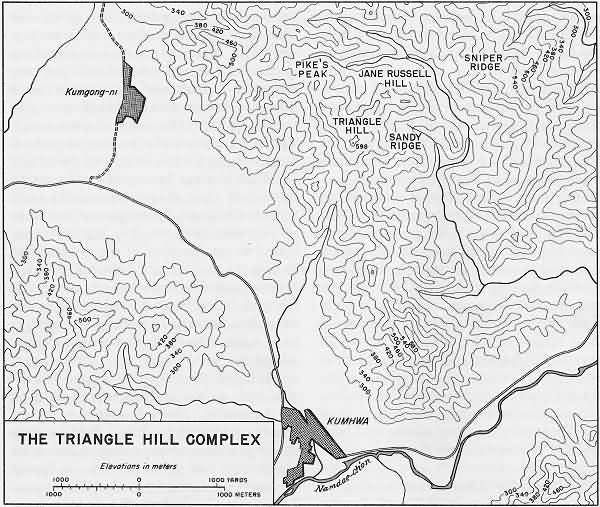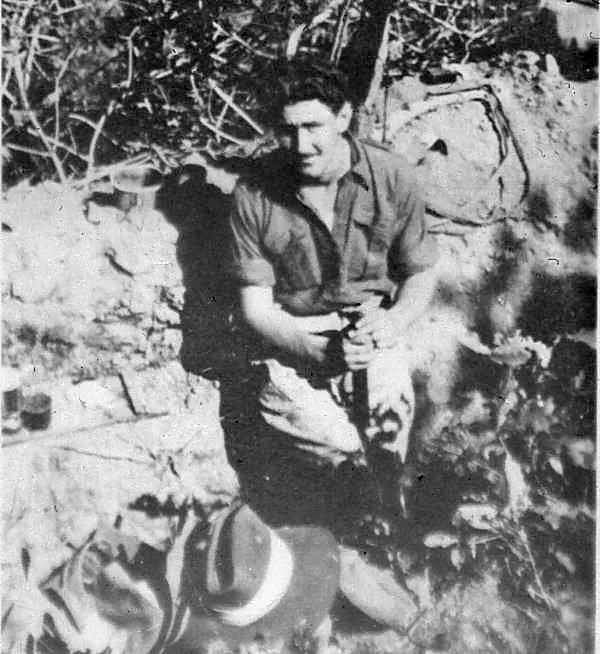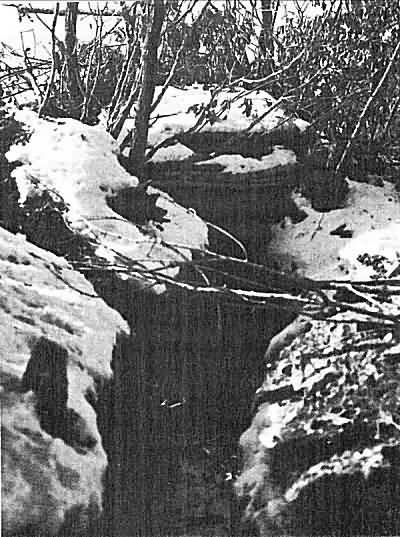Before daylight on Sunday, June 25, 1950, Kim Il Sung, the North Korean Premier, hurled eight veteran Infantry divisions South across the 38th parallel.
Led by 120 Soviet T34 medium tanks and extensive mobile artillery they quickly crushed the valiant South Korean defenders, and butchered their way down the peninsula until stopped by United Nations forces at the Pusan Perimeter.
General MacArthur counter-attacked with our Marines at Inchon, far behind North Korean lines, routed them, and our Eighth Army struck back across the parallel almost to the Yalu river and China.
But, in November 1950, China entered the war with a veteran army, already victorious in one of the most decisive battles in history at Huai-Hai, in 1949 during their civil war. Our armies were ambushed and again driven deep back into South Korea.
Many of the United Nations fought at our side, for example the British Commonwealth, France and Turkey. Our Chinese enemy was skillful, brave and resourceful. The cruel murder of countless civilians and POWs will forever dishonor North Korea, but overall both sides fought well and courageously.
The battle-lines raged back and forth, but by mid-1951 settled roughly along the original Korean border, in about the same positions the armies fought over for the next two years until the Cease-Fire.
In winter of '52 President-Elect Eisenhower visited the front lines near Chorwon, and then made it clear that he was only interested in ending the war with an honorable peace. At this time, about 700,000 CCF and NK troops were in the line or in reserve, facing about 350,000 UN infantry. The slaughter went on until July 27, 1953, during which time the CCF continually probed our lines to find points of weakness, and attacked wherever they thought they could improve their positions before the truce. The Communists generally spent around 5 months digging large caves and underground locations for their troops all along the line. This protected them from UNC air and artillery, as well as the weather. UNC generally relied on a bunker system.
In between these main lines were the Combat Outposts, where the majority of fighting actually took place.
Most of IX Corps fighting took place at White Horse, Triangle Hill and Jackson Heights near the end of 1952, but fell off after early November. In the Sniper Ridge slopes north of Kumhwa the CCF continued to counter attack when the ROKs took their outposts. This photo was most likely taken by a ROK photographer at a point when the ROKs had gained firm control of the crest itself. Note how the gun ports are protected by mounds of earth on either side, with the snow and screening brush making them virtually undetectable from the front. Of course, all such forward slope positionw would have been observed and marked long before any attack, regardless of camouflage.




